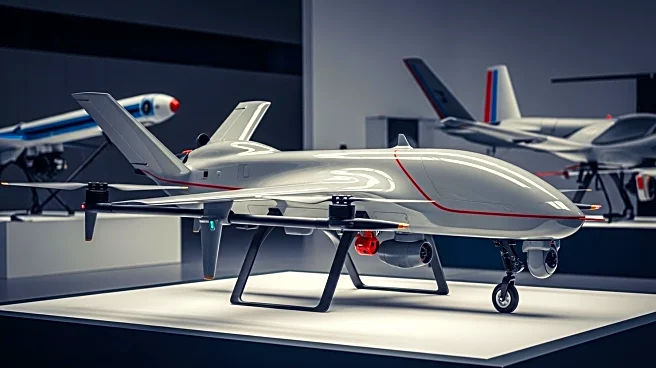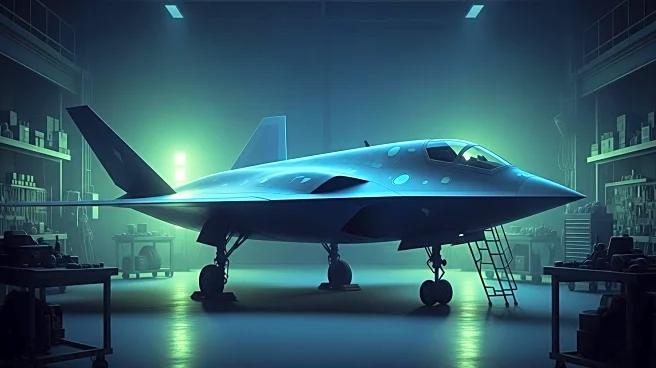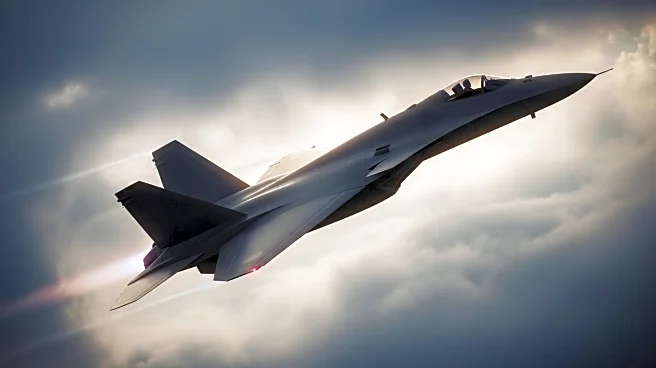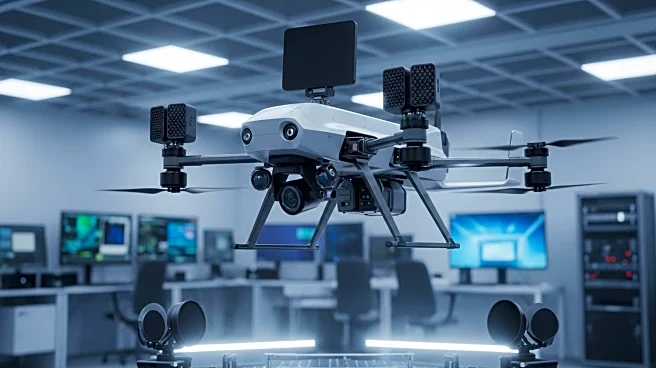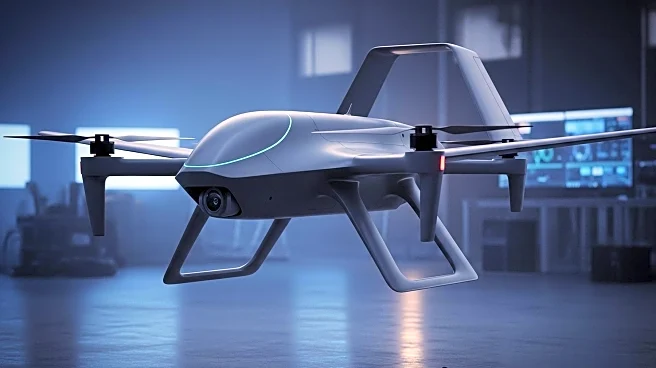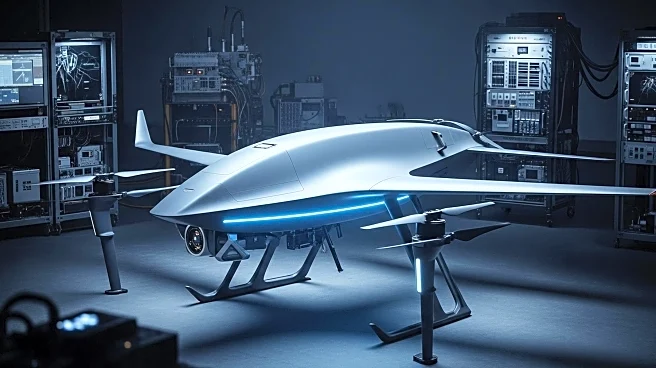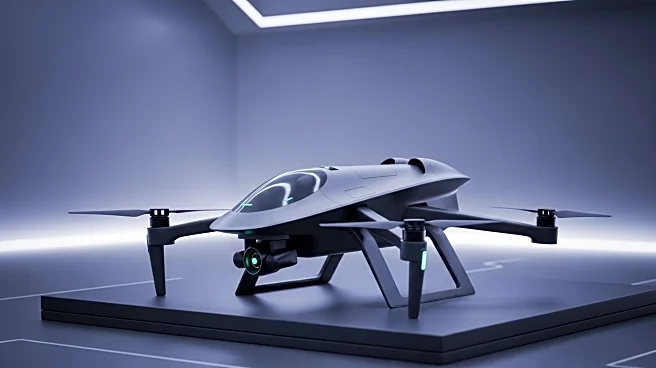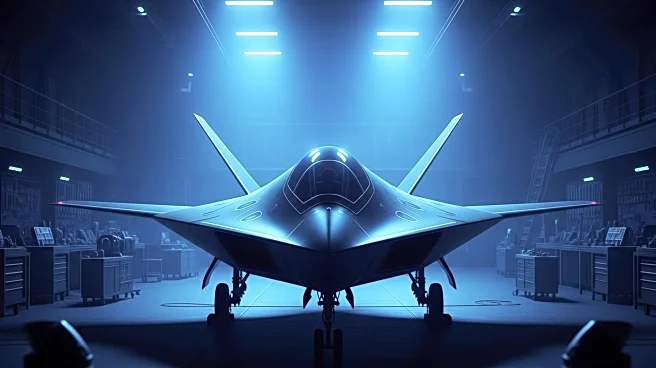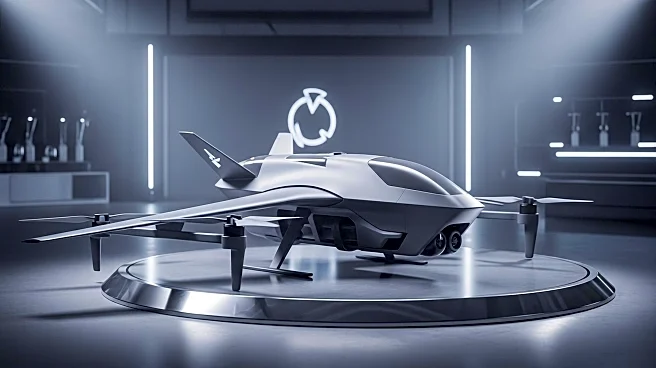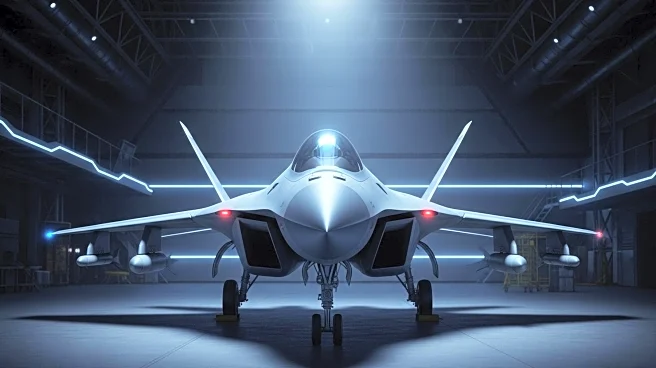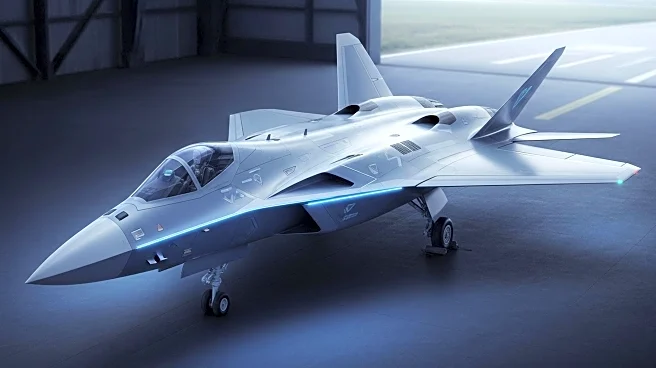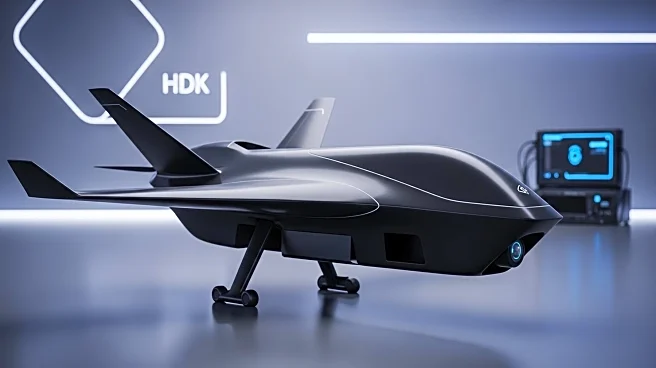What is the story about?
What's Happening?
Lockheed Martin's Skunk Works division has unveiled its development of a new drone, named Vectis, which is designed for surveillance, air-to-air combat, and airstrike missions. The drone is categorized as a 'group five' autonomous vehicle and is expected to be operational by 2027. OJ Sanchez, vice president and general manager of Skunk Works, stated that the Vectis prototype is currently in progress, with parts ordered and the team actively working towards a test flight within two years. While not specifically designed for any contract, Vectis may compete in the Air Force's collaborative combat aircraft (CCA) program against other companies like General Atomics and Anduril. The drone is intended to connect with various aircraft, including Lockheed's F-22 and F-35, and is compatible with multiple command theaters.
Why It's Important?
The development of Vectis represents a significant advancement in military drone technology, emphasizing stealth and multipurpose capabilities. This innovation could enhance the U.S. Air Force's operational flexibility and effectiveness in various combat scenarios. The drone's ability to integrate with existing and future aircraft systems highlights the importance of interoperability in modern warfare. The investment in such technology reflects the strategic focus on maintaining air superiority and adapting to evolving threats. The potential competition in the CCA program indicates a robust market for advanced military drones, driving innovation and potentially influencing defense procurement strategies.
What's Next?
Lockheed Martin will continue the development and testing of the Vectis prototype, aiming for a test flight within the next two years. The Air Force's budget allocation for the CCA program suggests ongoing interest and investment in collaborative combat aircraft, which may lead to further advancements and contracts. As the drone progresses, Lockheed may engage in discussions with the Air Force regarding its potential inclusion in future military operations. The broader defense industry will likely monitor these developments closely, considering implications for competitive positioning and technological advancements.
AI Generated Content
Do you find this article useful?
